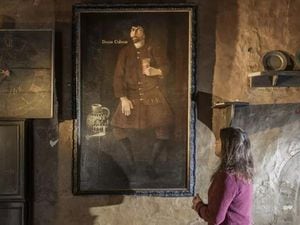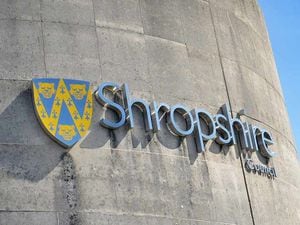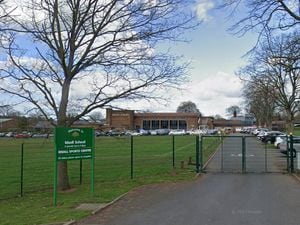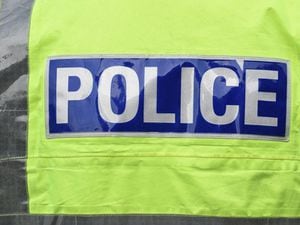Apollo 11 - day two
APOLLO 11 DAY TWO. JULY 17, 1969.
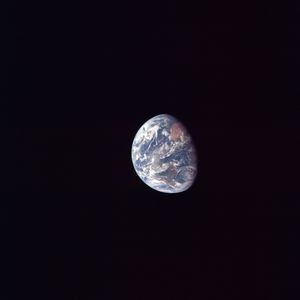
As the crew of Apollo 11 continued their epic journey from the Earth to the moon on the second day of their mission, a question was on many lips.
What is Luna 15 up to?
Luna 15 was an unmanned moonshot launched by the Soviet Union only three days before the launch of Apollo 11.
Its progress was tracked by Britain's Jodrell Bank radio telescope.
In the West, there was much speculation about its purpose. Even as Neil Armstrong, Buzz Aldrin, and Mike Collins headed moonwards, Luna 15 was already reported by the Soviet news agency TASS to be in lunar orbit.
Western scientists forecast a landing by the spacecraft, with an attempt to scoop up some of the moon's surface and return to Earth afterwards. It was discovered later that that was indeed the intention.
In these days of the space race between America and the Soviet Union, it would be a "scoop" in another sense, as the Soviets would be able to claim that they landed on the moon and successfully returned to Earth first.
Another theory was that Luna 15 would not land, but would somehow spy on the Apollo mission.
The Apollo 11 crew were told of the progress of their "rival" as part of their morning news summary on this day 50 years ago, July 17, 1969 – a Thursday – as they continued to speed towards the moon.
There had been a hitch in their mission, but a small one.
Instead of breathing pure oxygen, the three men had some air in the command module. Technicians said it was not serious and had probably been caused by a faulty valve.
There was an opportunity for the trio to get some sleep while their spacecraft rotated slowly like a chicken on a barbecue spit, which was necessary to ensure an even distribution of heat from the sun's rays.
Back on Earth, US President Richard Nixon recommended a public holiday in America to celebrate the lunar landing. Because his legal powers to declare an extra national holiday were limited, he issued a proclamation declaring it to be a "national day of participation."
And in an unprecedented display of publicity for an American space shot, the Soviet Communist Party newspaper Pravda wished the Apollo 11 venture "bon voyage."
On this day the spacecraft passed half distance between the Earth and moon.
From their windows, the crew could see their home planet becoming visibly smaller. Twenty nine hours into the mission, Apollo 11 was 115,837 nautical miles (214,530 kilometres) from Earth, travelling at 4,788 feet per second (3,264mph).
During one of a series of colour television transmissions, Neil Armstrong described what viewers could see as they zoomed in.
"You're seeing Earth, as we see it, out our left-hand window, just a little more than a half Earth.
"We're looking at the eastern Pacific Ocean, and the north half of the top half of the screen, we can see North America, Alaska, United States, Canada, Mexico, and Central America... "
He described the blue of the oceans, the swirl of the clouds, and went on: "Can pick out the browns in the landforms pretty well. Greens do not show up very well. Some greens showing along the north eastern-north western coast of the United States and north western coast of Canada."
Later there was an experiment as a laser was fired at them through a telescope from Texas. The blue-green laser was flashed on and off from an observatory near El Paso.
As the Apollo 11 crew looked and looked, using both a telescope and high-powered sextant, Houston told them it was being shone through a break in the clouds.
Although the astronauts were able to identify the El Paso area, the results of the laser experiment were disappointing.
"We looked in that break and saw nothing," reported back Mike Collins.

